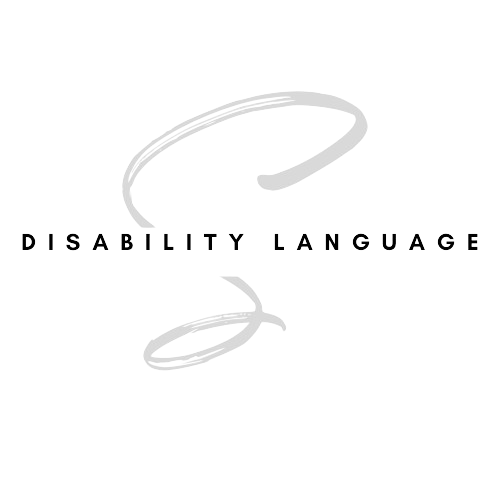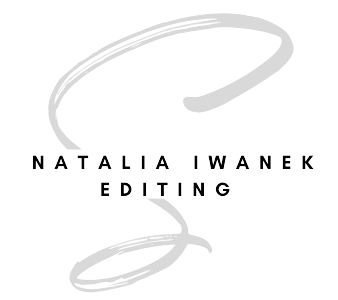Disability Language: Avoiding Harm in Our Writing and Editing
 This week, I continue with my series, “Avoiding Harm in Our Writing and Editing.” Some of you may recognize this an expansion of my previous blog, “Inclusive Language Tips: Avoiding Harm in Our Writing and Editing.” In particular, this blog will provide best practices for disability-affirming language. This will be especially helpful for those working on writing and editing projects that mention the disability community.
This week, I continue with my series, “Avoiding Harm in Our Writing and Editing.” Some of you may recognize this an expansion of my previous blog, “Inclusive Language Tips: Avoiding Harm in Our Writing and Editing.” In particular, this blog will provide best practices for disability-affirming language. This will be especially helpful for those working on writing and editing projects that mention the disability community.
Resources and Further Reading
In addition to my lived experiences as a disabled person and my accessibility work, I have learned a great deal from and continue to be influenced by several resources.
- Conscious Style Guide: Ability and Disability,
- Autistic Hoya, and
- National Center on Disability and Journalism,
Disability Language: A Small Note Before We Begin
Please note that the community is vast and varied, with countless lived experiences. While the following are a few of the ever-evolving best practices used by the disability community itself, disability is not a monolith. Indeed, while some individuals with chronic illnesses and neurodiversity may identify as disabled, there are also those who do not. For this reason, always defer to how an individual self-identifies, as well as their individual language choices.
In addition, note that disability intersects with various other identities. In addition to ableism, individuals can also face compounding oppressions, such as homophobia, transphobia, racism, faithism, sizism, among others.
Finally, for writers and editors working on projects about disability outside of their personal experience, consider hiring a sensitivity reader from the community. This type of reader can check your content for authenticity and disability-affirming language. In addition, consider speaking to colleagues who work in the field of disability.
Disability Language: Disability-Affirming First Steps
When beginning, it is helpful to learn about current language and theoretical models of disability.
- Consider person-first versus identity-first language. The debate versus person-first language (Ex: person with a disability) versus identity-first language (Ex: disabled person) is ongoing, although identity-first language is being increasingly used by the disability community. However, it is always best to defer to how an individual from the community identifies.
- Learn about the Theoretical Models of Disability, including the Social Model and Political Model versus the Medical Model of Disability.
Disability Language: Disability-Affirming Best Practices
Next, consider language choices and terminology.
- Use disability-affirming language, including using the term disability. (Avoid terminology, which portrays disability negatively, such as wheelchair-bound, bed-bound, stricken with, suffers with, etc.).
- Respect reclaimed slurs by the community itself, such as crip, mad, sick, etc.
- Avoid ableist terms and phrases, such as lame, crazy, blind spot, turn a blind eye, tone deaf, etc.
- Avoid euphemisms and words used to “soften” disability, such as differently-abled, handi-capable, etc.
- Use the term non-disabled, as opposed to healthy, normal, able-bodied, etc.
- Use the term non-apparent disability, as opposed to hidden or invisible disability.
Disability Language: Disability-Affirming Portrayal
Finally, consider the portrayal of disability.
- Avoid harmful tropes and stereotypes, including inspiration porn, or positing disability as something inherently negative.
- Avoid unnecessarily drawing attention to the disability, if not necessary in the context of the document or to the story.
As a final note, be sure to read from a variety of disabled authors, content creators, and activists. This will help you learn more about various lived experiences and keep up-to-date with terminology updates. A great resource on stereotypes and tropes in fiction is Amanda Leduc’s Disfigured: On Fairy Tales, Disability, and Making Space.
Be sure to check out other parts of this series, which focus on “Inclusive Language Tips,” “Plain Language Tips,” and “Accessibility Tips” in-depth.
What did you think? I’d love to hear your suggestions! For inclusive language projects or accessibility work, please visit my inclusive language and accessibility pages, which lists my experience and rates. Questions? Comments? Contact me for more information about your project needs.

One Response